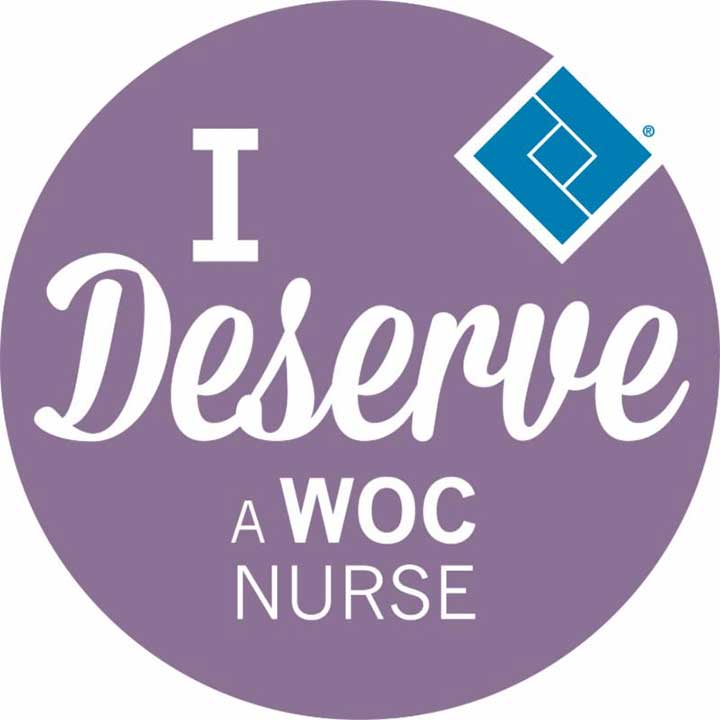In 2008, hospitals, extended-care facilities, and home-health agencies will face these regulatory and patient-care issues:
• unsatisfied patients
As a wound, ostomy, and continence (WOC) nurse, you’d be taught to address all these issues—and more. WOC nurses excel in many areas of patient care and education. Not only are they adept at coordinating with other disciplines, but they also can expertly direct the healthcare team.
Their patient-care recommendations are evidence-based, cost-effective, and individualized for specific patient situations, emphasizing complication prevention and disease management. WOC nurses also assist facilities in following required regulations and providing the highest standard of care.
Contributions of WOC nurses
WOC nurses make significant contributions in wound care, ostomy care, and continence care, including the following:
• preventing pressure ulcers by focusing on early intervention and skin care
• reducing costs caused by incontinence
• eliminating the adverse effects of incontinence.
Behind every WOC nurse is the Wound, Ostomy and Continence Nurses Society, a professional society that supports its members by promoting educational, clinical, and research opportunities to advance the practice and guide the delivery of expert health care to patients with wounds, ostomies, and incontinence.
To learn more, visit www.wocn.org.


















